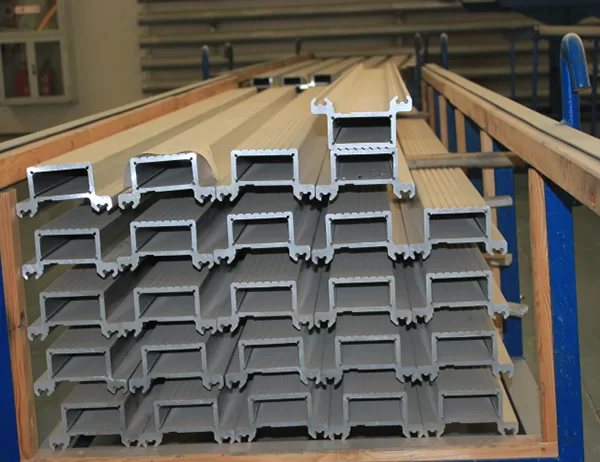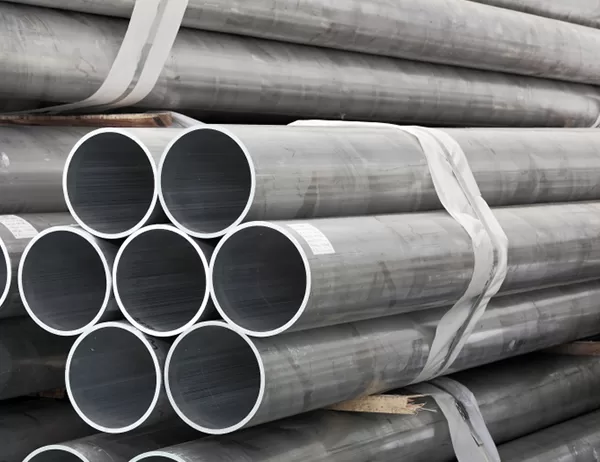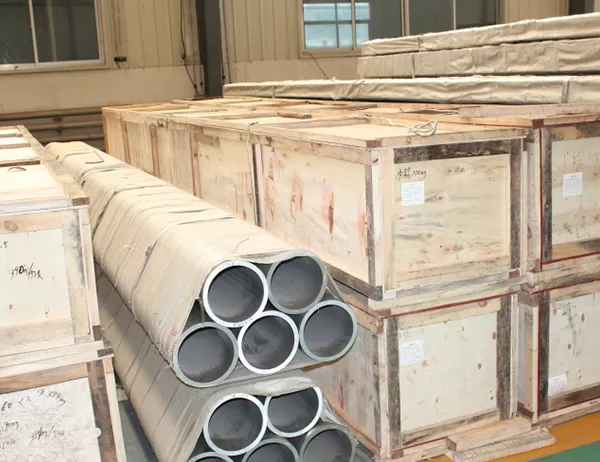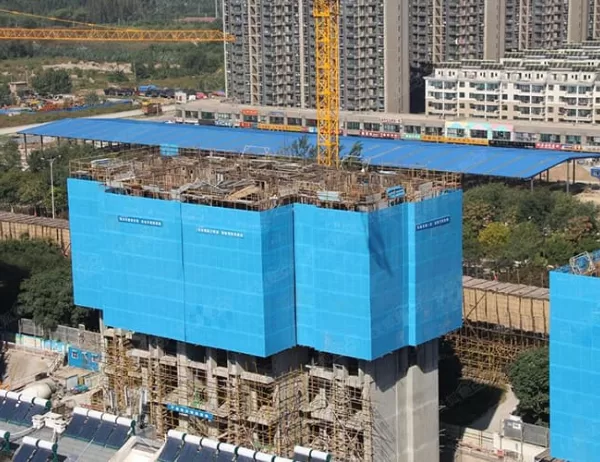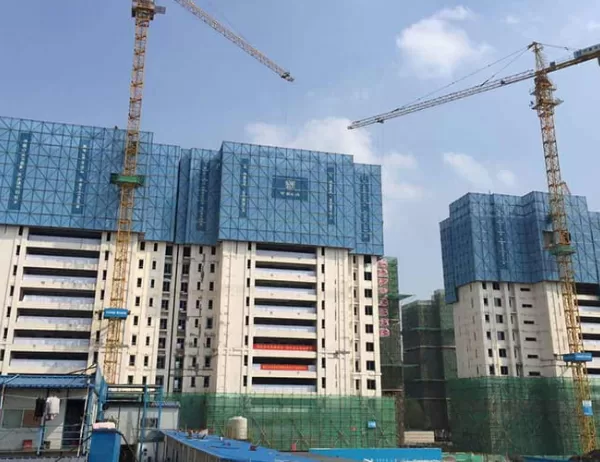In the realm of industrial engineering, aluminum profiles stand as titans, fulfilling a myriad of critical functions. Their versatile nature has earned them a prominent position in diverse industries, from construction to aerospace. To navigate the vast landscape of aluminum profiles, it is imperative to delve into the distinct characteristics of each type.
Extruded Profiles: Precision and Strength
Extruded aluminum profiles are forged through a process of forcing molten aluminum through a shaped die. This method produces profiles with precise dimensions and intricate cross-sections, ensuring optimal structural integrity. Their high strength-to-weight ratio makes them ideal for load-bearing applications and demanding environments.
Roll-Formed Profiles: Cost-Effective Solutions
Roll-formed profiles take shape by passing aluminum coils through a series of rollers. This technique offers cost-effective production and is suitable for applications where dimensional accuracy is not critical. Roll-formed profiles exhibit good strength and stability, making them a viable option for non-structural applications.
Drawn Profiles: Hollow Versatility
Drawn aluminum profiles are created by drawing a hollow aluminum tube through a series of dies. This process reduces wall thickness and increases length, resulting in profiles with superior strength, lightness, and corrosion resistance. Drawn profiles find applications in heat exchangers, piping systems, and automotive components.
Structural Profiles: Backbone of Construction
Structural aluminum profiles are specifically designed to withstand substantial loads and stresses. Their robust construction, combined with their high strength and durability, makes them ideal for building frames, bridges, and industrial structures. T-sections, I-beams, and angles are common structural profile shapes.
Decorative Profiles: Aesthetic Appeal
Beyond their functional roles, aluminum profiles also play a crucial role in aesthetics. Decorative profiles feature intricate designs, textures, and finishes, adding visual appeal to various applications. They are commonly used in architectural details, furniture, and interior decor.
The world of industrial aluminum profiles is a testament to the versatility and ingenuity of this remarkable material. From precision-engineered extruded profiles to cost-effective roll-formed solutions, the diverse types available cater to a wide range of industrial needs. Understanding the distinct characteristics of each profile type empowers engineers and designers to select the most appropriate solution for their applications, ensuring optimal performance, cost-effectiveness, and aesthetic appeal.
